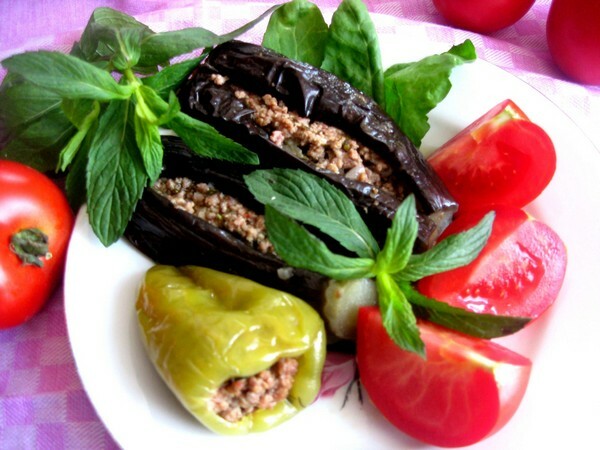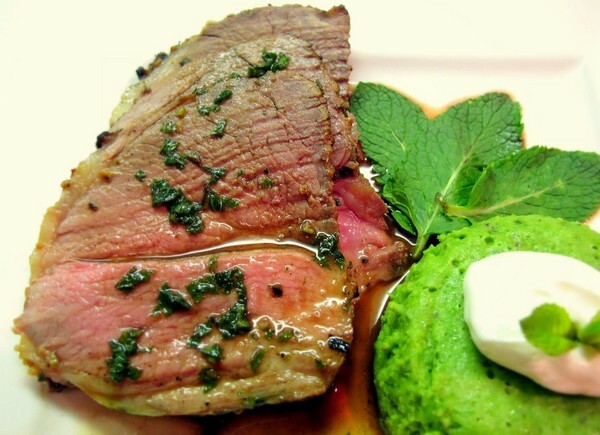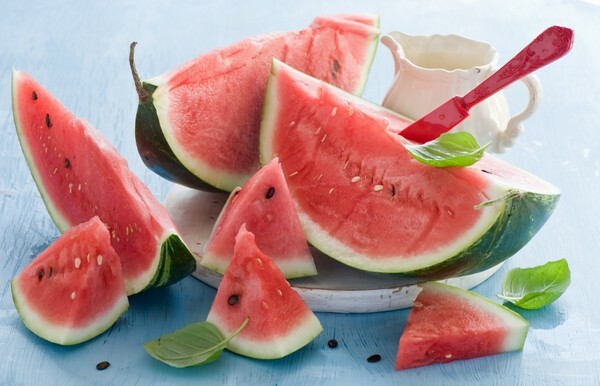Fresh mint leaves are saturated with biologically active substances, among which the essential oil predominates. It is characterized by pronounced therapeutic properties - antispasmodic, antiseptic, sedative. But the high concentration in the essential oil of menthol also determines the list of contraindications to the use of fresh plants. Whether it is possible to eat peppermint in a fresh kind, the attending physician, necessarily taking into account presence in the anamnesis of the patient of pathologies of the gastrointestinal tract and organs of the urinary system, should determine.

Chemical composition
When brewing fresh or herbal medicinal raw materials in infusions, teas and decoctions, not all biologically active substances pass. A significant part of the essential oil, bioflavonoids, phytoncides, bitterness is destroyed by the action of high temperature. Therefore, the use of fresh mint has its undoubted advantages. Inclusion of aromatic leaves in the diet will allow replenishing in the body stocks of such useful compounds:
- vitamins - ascorbic, folic, nicotinic acids, retinol, pyridoxine, cyanocobalamin;
- microelements - zinc, iron, molybdenum, potassium, magnesium, calcium, phosphorus.
In the process of infusion, lose their biochemical properties and polyunsaturated fatty acids, as well as fat-soluble vitamins: retinol, ergocalciferol, tocopherol. This is the reason for the lack of the ability of tea to remove harmful triglycerides from the blood vessels. And the use of freshly ripped leaves allows you to clean arteries, veins, and capillaries from cholesterol blocks. Therefore, the question of patients about whether it is possible to eat mint in fresh form, cardiologists answer in the affirmative.
Useful properties
Fresh mint leaves have a pronounced sedative effect. The ability of mint to normalize the work of the central nervous system is used to eliminate:
- psycho-emotional instability;
- depressive states;
- increased anxiety.
Due to the high concentration of menthol, the fresh plant shows an arrhythmic and hypotensive effect due to the expansion of blood vessels. And the presence of a large number of phytoncides determines the antimicrobial and antispasmodic properties that help quickly get rid of the painful symptoms of cystitis.

Respiratory infections
Fresh leaves contain a lot of menthol, which has anti-inflammatory, antibacterial and disinfectant effects. After the use of a pair of leaves, breathing is facilitated, the nasal congestion and flow disappear. A mucolytic properties of mint are used to dilute and evacuate thick sputum, provoking a bout of excruciating dry cough. Essential oil from fresh leaves destroys pathogens of bronchitis, sore throat, laryngitis and removes from the upper respiratory tract toxic products of their growth and reproduction.
Recommendation: After chewing a fresh leaf of mint, a person carries out a special sanitation of the oral cavity. This is an excellent prevention of stomatitis, gingivitis and caries.
Gastrointestinal diseases
Fresh mint can not be injected into the diet for people who are diagnosed with gastritis with low acidity or ulcerative lesions of the digestive tract. But with excessive production of gastric juices, the plant will be very useful. The use of fresh leaves will serve as an obstacle to damage by pungent acid mucous membranes. Gastroenterologists recommend the use of the plant for the relief of nausea and excessive gas generation, often due to the predominance in the daily menu of fatty and fried foods. And the use of fresh mint during bacterial intestinal infections contributes to the normalization of digestion and peristalsis.
Warning: This method of treating dyspepsia is not suitable for pregnant women and breastfeeding women. Essential oil of fresh mint penetrates through all biological barriers and enters the child's body, provoking a lowering of blood pressure.

Useful tips for
In many countries, the question of whether it is possible to eat fresh mint, will surprise. The plant is an indispensable ingredient in European and Mediterranean cuisine. Several leaves add freshness to vegetable and fruit salad, serve as an additive to alcoholic and non-alcoholic cocktails. Sliced peppermint is sprinkled with garnishes of rice, stewed cabbage, boiled carrots with olive oil.
Fresh cooks like to decorate pastries, desserts, cream and fruit ice cream. Rarely what cheese plate is served to guests without mint, emphasizing the delicate taste and aroma of this product.
Tip: If a mixture of fresh herbs( mint, basil, oregano) sprinkle stewed fat mutton and beef, then there will not be any problems with digestion.
